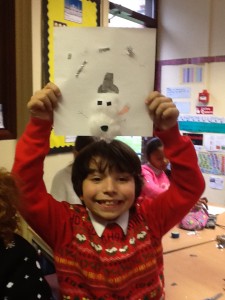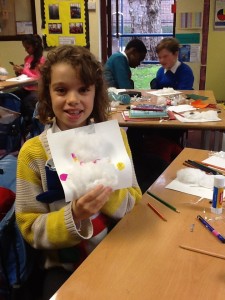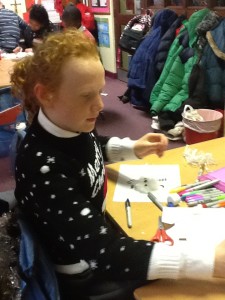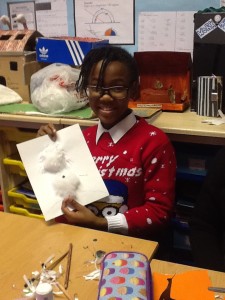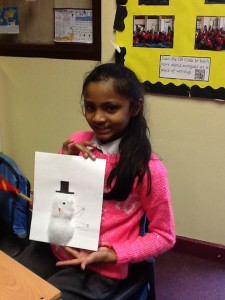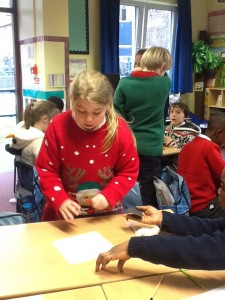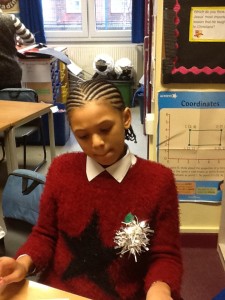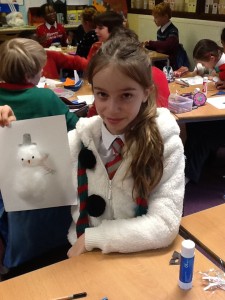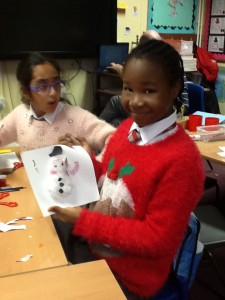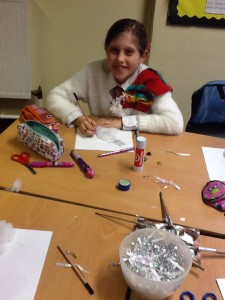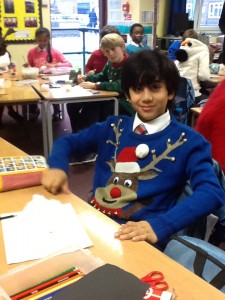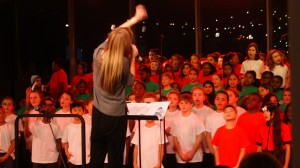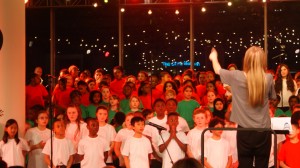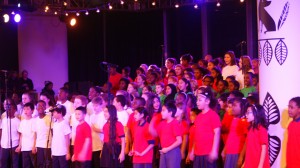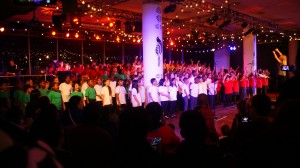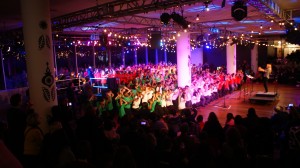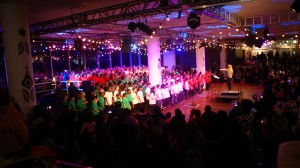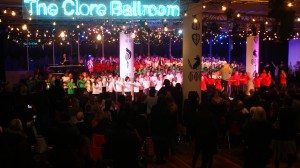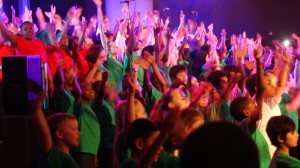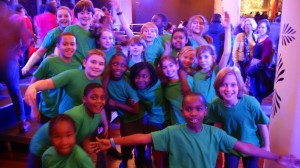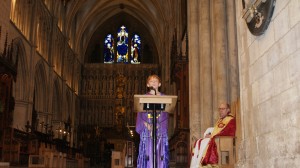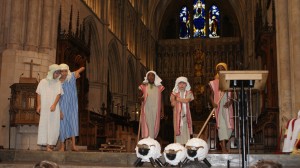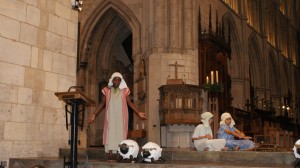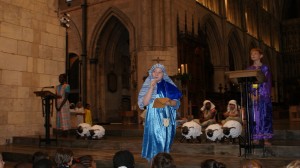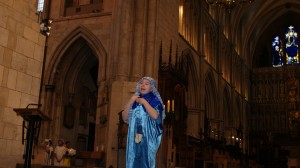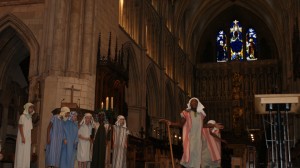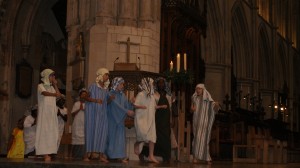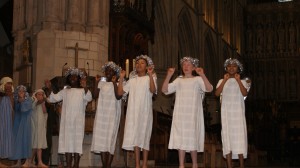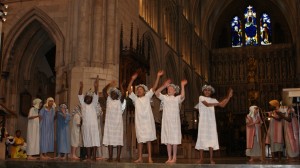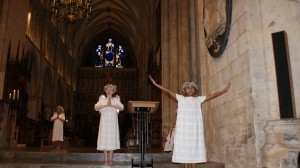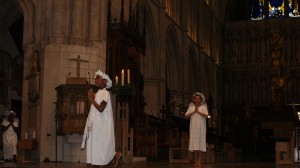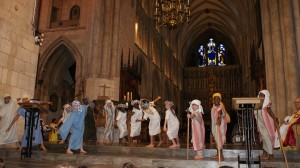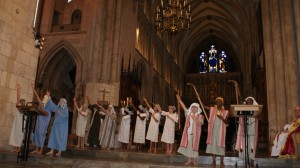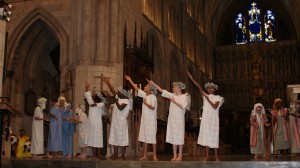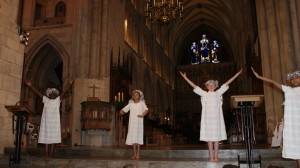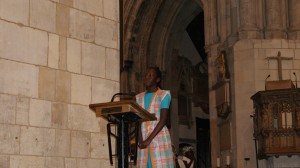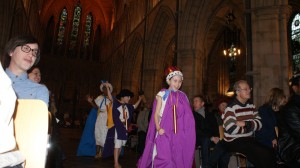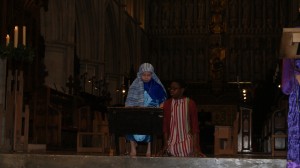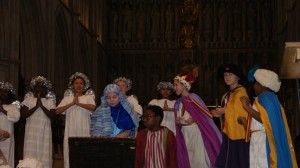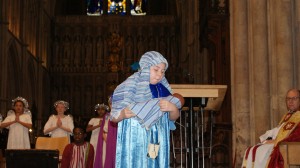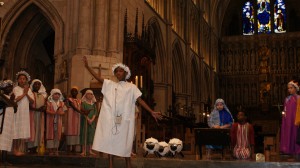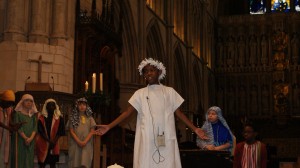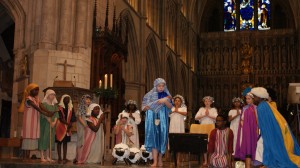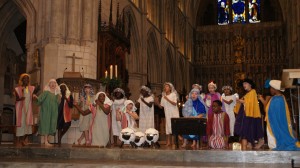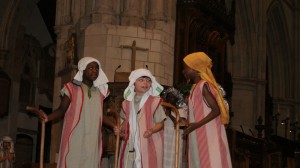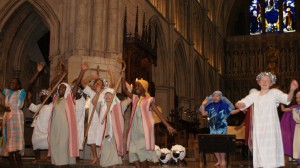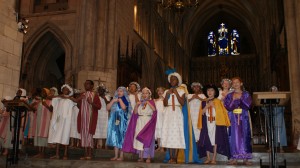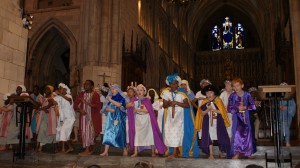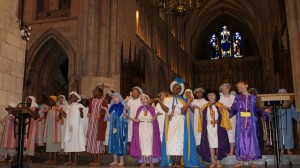Christmas Jumper Day 2014 was great fun for all involved. There was a wonderful array of colourful and creative clothing on show from all the children in school, and Class 5 pupils were amongst those wearing their fantastic festive knitwear!
Month: December 2014
Reading Comprehension Tasks
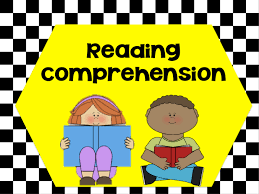
Instructions for completing these reading comprehension tasks.
1. Carefully read through the text.
2. Read the questions and circle the correct answer.
3. If the question needs a written answer, write short sentences that give the answer without using any extra words. In reading tests we don’t get extra marks for writing long elaborate sentences. Just give the correct information in short sentences.
We will work through the answers during the start of the our Literacy lessons (one task each week), you will need to have read the passages and answered the questions before each morning’s Literacy lesson.
Task 1 – read the fiction text by clicking here
Task 2 – read the non-fiction text by clicking here
Task 3 – read the non-fiction text by clicking here
Task 4 – read the fiction text by clicking here
Task 5 – read the fiction text by clicking here
Christmas Splash concert at The Royal Festival Hall
Class 5 pupils were part of the Cathedral School Choir that performed at The Royal Festival Hall on Monday 15th December. It was a fantastic occasion involving hundreds of students from schools across Southwark.
Look through these photos and leave a message in the Comments Section below.
Silent Letters

For anyone who is feeling confident with the words on the Year 5 Spelling List, the next step is to learn the following words that have silent letters.
For some words there is a rule to follow but for others we just have to learn the spelling of them. Click here to see the words.
Year 5 Spellings
By the end of the year, it is expected that everyone in Year 5 can spell and understand the meaning of all the words in this document – Year 5 Spelling list.
Break the list of words down into manageable chunks (perhaps 10 words per session) and then look up the meaning of any words you don’t understand. After that, practice spelling the words by writing it out three times. Now use the word in a sentence that shows you understand the meaning of that word (don’t forget to include advanced punctuation like speech punctuation or commas to show subordinate clauses).
Christmas Service 2014
Well done to everyone in Class 5 for such a wonderful performance. Everybody who watched the Christmas Service agreed that the children put on a wonderfully professional and entertaining show. Please enjoy the photos and leave a comment in the Comments Section below.
Multiplication Skills
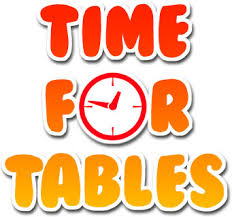
Test yourself by answering these multiplication questions. The expected standard in Year 5 is to get all 30 calculations correct in 4mins.
1. 0 x 6 =
2. 3 x 7 =
3. 11 x 5 =
4. 2 x 9 =
5. 1 x 12 =
6. 7 squared =
7. 8 x 7 =
8. 9 x 3 =
9. 10 x 11 =
10. 9 x 4 =
11. 8 x 8 =
12. 3 cubed =
13. 9 x 12 =
14. 6 x 7 =
15. 3 x 8 =
16. 4 x 12 =
17. 6 x 8 =
18. 12 x 3 =
19. 7 x 9 =
20. 11 x 12 =
21. 7 x 11 =
22. 12 x 7 =
23. 9 x 9 =
24. The square of 5 =
25. 7 x 4 =
26. 8 x 2 =
27. 0 x 5 =
28. 9 x 6 =
29. 5 x 7 =
30. 12 x 12 =
A Christmas Carol by Charles Dickens
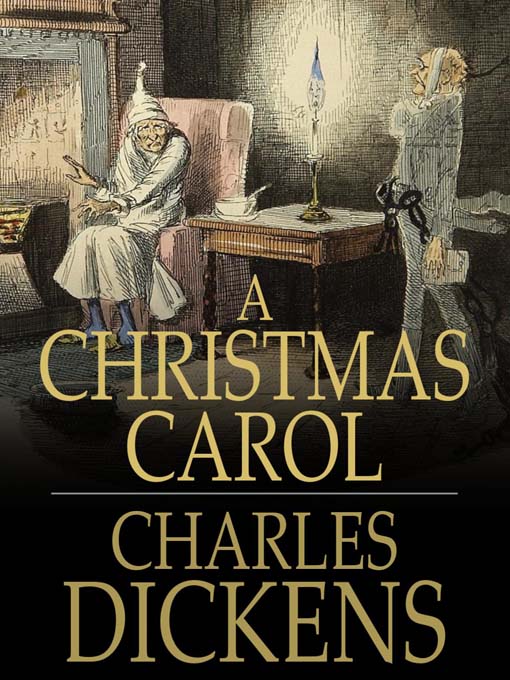
During the festive time of year, it is common to hear classic Christmas songs being sung and to watch classic Christmas movies on TV. It is also common to read classic Christmas stories, and one of the most famous Christmas tales is that of A Christmas Carol by Charles Dickens. Dickens’ story has been turned into cartoons, movies and re-worked countless times which proves both how popular it is and also how enduring (enduring means long-lasting) his ideas were.
As we are studying The Victorians in History, and Oliver Twist in Literacy, it is a perfect opportunity to read this classic yuletide story and to think about how it compares to other Charles Dickens stories that we know. Read through the shortened version of the story below and then think about the following questions.
In what ways is A Christmas Carol similar to Oliver Twist?
What can we learn about Charles Dickens as an author based on the two stories you have read?
Is Victorian London a place you would like to live? Why/Why not?
Are there any characters in Oliver Twist that are similar to Ebenezer Scrooge?
What are the main themes in A Christmas Carol?
Who would you recommend this story to (think of a target audience)?
A mean-spirited, miserly old man named Ebenezer Scrooge sits in his counting-house on a frigid Christmas Eve. His clerk, Bob Cratchit, shivers in the anteroom because Scrooge refuses to spend money on heating coals for a fire. Scrooge’s nephew, Fred, pays his uncle a visit and invites him to his annual Christmas party. Two portly gentlemen also drop by and ask Scrooge for a contribution to their charity. Scrooge reacts to the holiday visitors with bitterness and venom, spitting out an angry “Bah! Humbug!” in response to his nephew’s “Merry Christmas!”
The Ghost of Christmas Present, a majestic giant clad in a green fur robe, takes Scrooge through London to unveil Christmas as it will happen that year. Scrooge watches the large, bustling Cratchit family prepare a miniature feast in its meager home. He discovers Bob Cratchit’s crippled son, Tiny Tim, a courageous boy whose kindness and humility warms Scrooge’s heart. The specter then zips Scrooge to his nephew’s to witness the Christmas party. Scrooge finds the jovial gathering delightful and pleads with the spirit to stay until the very end of the festivities. As the day passes, the spirit ages, becoming noticeably older. Toward the end of the day, he shows Scrooge two starved children, Ignorance and Want, living under his coat. He vanishes instantly as Scrooge notices a dark, hooded figure coming toward him.
The Ghost of Christmas Yet to Come leads Scrooge through a sequence of mysterious scenes relating to an unnamed man’s recent death. Scrooge sees businessmen discussing the dead man’s riches, some vagabonds trading his personal effects for cash, and a poor couple expressing relief at the death of their unforgiving creditor. Scrooge, anxious to learn the lesson of his latest visitor, begs to know the name of the dead man. After pleading with the ghost, Scrooge finds himself in a churchyard, the spirit pointing to a grave. Scrooge looks at the headstone and is shocked to read his own name. He desperately implores the spirit to alter his fate, promising to renounce his insensitive, avaricious ways and to honor Christmas with all his heart. Whoosh! He suddenly finds himself safely tucked in his bed.
Overwhelmed with joy by the chance to redeem himself and grateful that he has been returned to Christmas Day, Scrooge rushes out onto the street hoping to share his newfound Christmas spirit. He sends a giant Christmas turkey to the Cratchit house and attends Fred’s party, to the stifled surprise of the other guests. As the years go by, he holds true to his promise and honors Christmas with all his heart: he treats Tiny Tim as if he were his own child, provides lavish gifts for the poor, and treats his fellow human beings with kindness, generosity, and warmth.
If you enjoyed this story and would like to read the original version then click here (warning some of the language maybe a little unfamiliar as Dickens uses some words that were common in Victorian times but are not used as widely anymore).
In addition, a play-script of A Christmas Carol is available to download as a word document here christmas_carol_play_script.
50 Punctuation Errors
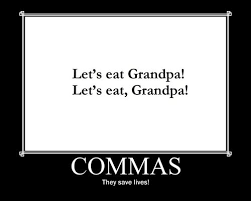
Click here to play the Punctuation Errors game. See how many of the punctuation errors you can change.
